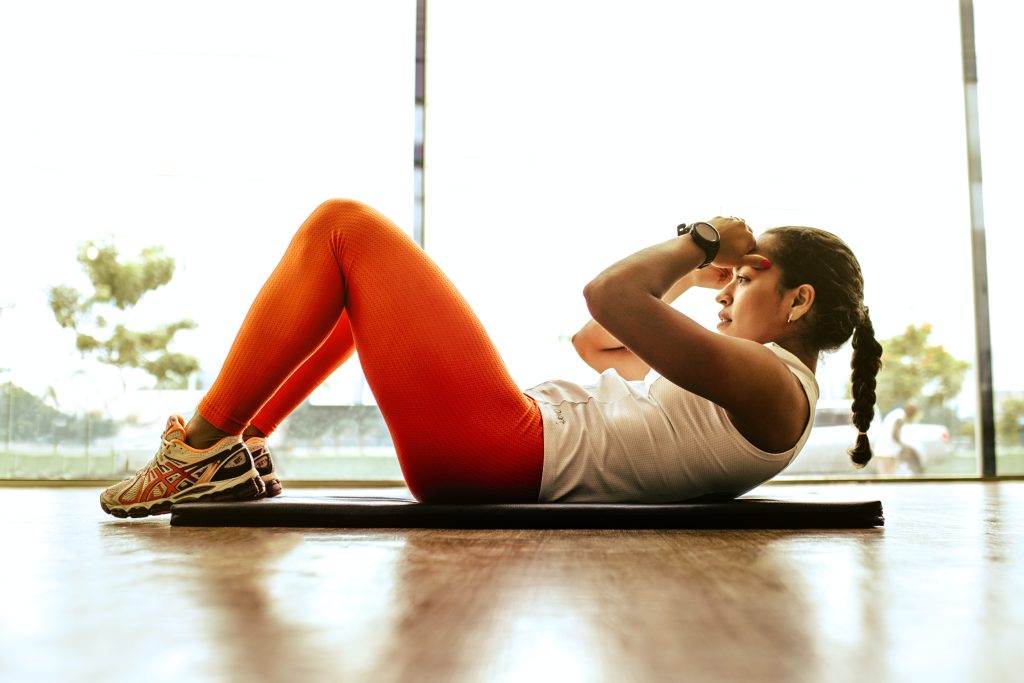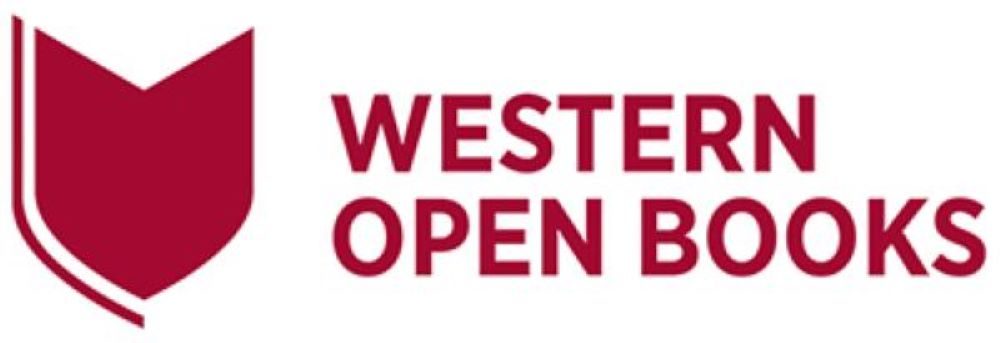8 Managing a sports brand
Learning Objectives
- Define the concept of a sport brand and explain its importance to sport marketing.
- Analyse the various components of the BILP model and how it applies to sport marketing.
- Assess the effectiveness of case studies sport branding and marketing campaigns.
- Explain the concept of ambush marketing and its potential impact on sport organisations and official sponsors.
Introduction: What is a sports brand?
A sports brand is a brand or a company that specialises in producing and selling sport-related products such as sportswear, equipment, accessories, and nutrition products. Sports brands are typically associated with a particular sport or type of sport, and may also sponsor teams, events, and athletes to promote their products and gain exposure[1]
Examples of sports brands include Nike, Adidas, Puma, Under Armour, and Reebok. These brands design, manufacture and distribute a wide range of sportswear and equipment for different sports such as running, soccer, basketball, and many more. They also sponsor major teams, events and athletes in many sports like Football, Basketball, Tennis and many more.
Sports brands may also use different marketing strategies to attract and retain customers. As we have discussed last week this can include using social media and digital marketing, sponsoring teams and events, and creating engaging and shareable content to promote their products and build brand awareness. In short, a sports brand is a company that creates, sells and promotes sport-related products and services, and often has a strong connection to a particular sport or sports culture.
Let’s look at this a bit closer: Manchester United
An example of a sport organisation that has a strong “brand” is Manchester United Football Club, one of the most successful and recognised football clubs in the world (though not as good as Everton Football Club obviously!). Manchester United’s brand is built on its rich history, success on the field, and a global fan base that spans all countries!
The club has a distinctive visual identity, which includes a red devil logo and a red and white colour scheme, and a messaging platform that emphasises its heritage, winning culture, and global reach. The club also has a strong activation strategy through its merchandise sales, fan engagement, and sponsorship deals. They also have built a museum in the stadium so fans can have insight into the club and its rich history. Have a watch of the following video[2] where the commentator discusses the “brand” value of Manchester United.
This weeks the additional reading is focused on Manchester United. In this 2006 article titled Globalisation and sports branding: the case of Manchester United[3].
John Hill and John Vincent outline why the club has been able to be such a global powerhouse through discussing their impact under four headings: the brand as a product, the brand as an organization, the brand as a person, and the brand as a symbol. All brands are part of broader product classes that define the parameters within which the brand operates[4]
After reading this academic paper answer the following questions as a knowledge check!
Understanding how to ‘brand’ and market a sport organisation
Sport organisation, like Manchester United, branding process refers to the process of developing and promoting a distinctive brand identity for a sport organisation. This can include creating a name, logo, and visual identity that represents the organisation and its values, as well as developing a messaging platform and key brand attributes that communicate the organisation’s mission and personality.
Brand equity is a term used to describe the value of the brand, but is not limited to financial value even though equity is a financial term. But brands can also build equity in perceptions and attitudes. Strong brands have high levels of awareness, clearly defined attributes, and attract favourable attitudes[5].
An effective sport organisation brand can help to differentiate the organisation from its competitors, create a loyal fan base and increase revenue through increased ticket sales, merchandise sales and sponsorship. A strong brand can also help to build trust and credibility with sport consumers, and create a sense of community and belonging among fans.
What is the BILP model?
The BLIP model is a framework for developing and managing sport organisation brands. It includes four key steps: Building Brands, Leveraging Brands, Identifying and Measuring Brands, and Protecting Brands.[6]
But a quick summary is as follows noting this was presented at the Institute for Research in Marketing’s Carlson on Branding Conference May 19-20, 2006. [Link to text in footnotes][7]
- Building Brands: This step involves creating a distinctive and compelling brand identity for the sport organisation that aligns with the expectations and preferences of its target consumers. This can include developing a name, logo, and visual identity that represents the organisation, as well as a messaging platform that communicates the organization’s mission, values, and personality.
- Leveraging Brands: Once the brand has been developed, it is important to leverage it to create value for the organisation and its stakeholders. This can include using the brand to differentiate the organisation from its competitors, to increase revenue through increased ticket sales, merchandise sales, and sponsorship, and to build trust and credibility with sport consumers.
- Identifying and Measuring Brands: This step involves identifying and measuring the effectiveness of the brand. This can include tracking and analysing data on consumer behaviour, such as ticket sales, merchandise sales, and social media activity, as well as conducting market research to gain a deeper understanding of sport consumers and their preferences.
- Protecting Brands: This step involves protecting the organisation’s brand from unauthorised use and infringement. This can include registering trademarks and copyrights, monitoring for potential infringement, and taking legal action to protect the organisation’s intellectual property.
In focus: Sydney Swifts Netball Team
The Sydney Swifts is a women’s netball team in Australia, which means they face specific opportunities and challenges when building and protecting their brand. One way to approach brand management for the Sydney Swifts is by using the BILP model, which includes four key steps: building the brand, leveraging the brand, identifying and measuring the brand, and protecting the brand.

When building the brand, the Sydney Swifts can focus on promoting gender equality, empowering women in sports, and creating a positive and inclusive community. This can be achieved by highlighting the achievements of female athletes, promoting gender diversity in leadership and coaching positions, and showcasing the importance of women’s sports in the community.
To leverage their brand, the Sydney Swifts can partner with organisations and businesses that support women’s sports and share their values. This can include collaborating with other women’s sports teams or working with companies that have a strong commitment to diversity and inclusion.
The Sydney Swifts can measure the impact of their brand on their target audience by conducting surveys and focus groups that specifically focus on the experiences of women and girls in the community (grassroots!). This can help them better understand how their brand is perceived and how it can be improved to better support gender equality in sports.
Finally, the Sydney Swifts need to protect their brand from negative comments and feedback that can be directed towards women’s sports. They can do this by actively promoting positive messages about women’s sports on social media and addressing any negative comments or feedback quickly and effectively.
What is ambush marketing in sport
Ambush marketing is a tactic used by companies to associate themselves with a sports event or team without officially sponsoring it[8].
This can include using similar branding, imagery, or slogans to those used by official sponsors, or running advertising campaigns that make it appear as though the company is an official sponsor. An example of ambush marketing in sport would be a company that is not an official sponsor of a sports event, but still uses tactics to associate themselves with the event in order to gain exposure and leverage the event’s popularity.
One example, taken from this guardian newspaper article[9] was during the 2010 FIFA World Cup, Budweiser, an official sponsor of the tournament, had exclusive rights to sell beer in the stadiums. However, Bavaria, a non-sponsor company, distributed thousands of orange dresses to female Dutch fans who attended the game between Netherlands and Denmark, the dresses were similar to the national Dutch team’s colours. As a result, many fans were ejected from the stadium, and Bavaria was accused of ambushing Budweiser’s sponsorship.
The example shows how Bavaria used similar branding and messaging to that of the official sponsors (Budweiser) in order to create confusion and associate themselves with the event without having to pay the high sponsorship fees. This type of marketing can be damaging to the official sponsors and the sport organisations, as it can dilute the value of official sponsorship and mislead consumers.
BIG THREAT: Ambush marketing video focusing on Amex and Visa.[10]
Sports organisations can protect their brand from ambush marketing by implementing a number of strategies.
The industry report into this title “Brands in the Boardroom” (2010)[11] suggests several legal strategies to counter the threat of ambush marketing.
- One of these is to secure trademark and copyright registrations for all marks, logos, and images associated with an upcoming event in all active markets. A publicity campaign warning against unauthorised use of the marks can also act as a deterrent.
- Another strategy is to impose contractual obligations on cities, athletes, in-stadium spectators, and broadcasters to limit their commercial association with competitors of official sponsors in and around stadia. These restrictions are typically set out in contracts and may involve a clash between event, team, and individual sponsorship contracts.
In summary, sport organisations can protect their brand from ambush marketing by implementing a combination of trademark and copyright protection, clear guidelines and regulations, legal action, monitoring, building strong relationships with official sponsors and educating the public about the negative impact of ambush marketing.
Media Attributions
- Kunkel, T & Biscaia, R 2020, 'Sport brands: Brand relationships and consumer behavior', Sport Marketing Quarterly, vol. 29, no. 1, pp. 3-17. ↵
- Interbrand 2016, Interbrand’s Global CEO examines the Manchester United brand on CNN, 27 May, online video, <https://www.youtube.com/watch?v=YuvgKpzcBgQ>. ↵
- Hill, JS & Vincent, J 2006, 'Globalisation and sports branding: The case of Manchester United', International Journal of Sports Marketing and Sponsorship, vol. 7, no. 3, pp. 61-78. ↵
- Hill, JS & Vincent, J 2006, 'Globalisation and sports branding: The case of Manchester United', International Journal of Sports Marketing and Sponsorship, vol. 7, no. 3, pp. 66-7. ↵
- DeGaris, L 2015, Sports marketing: a practical approach, Routledge, London. ↵
- Roedder John, D 2006, Strategic 'Brand Management on the Cutting Edge: Building, Leveraging, Identifying, and Protecting Brands', Institute for Research in Marketing’s Carlson on Branding Conference, May 19-20, University of Minnesota, Summary available at <http://assets.csom.umn.edu/assets/75903.pdf>. ↵
- Adapted from Roedder John, D 2006, Strategic 'Brand Management on the Cutting Edge: Building, Leveraging, Identifying, and Protecting Brands', Institute for Research in Marketing’s Carlson on Branding Conference, May 19-20, University of Minnesota, Summary available at <http://assets.csom.umn.edu/assets/75903.pdf>. ↵
- Scott, OK, Burton, N & Li, B 2022, 'Sponsor and ambush marketing during the 2018 Commonwealth Games on Twitter and Instagram', International Journal of Sports Marketing and Sponsorship, vol. 23, no. 3, pp. 612-27. ↵
- World Cup 2010: Women arrested over 'ambush marketing' freed on bail 2010, The Guardian, 17 June, <https://www.theguardian.com/football/2010/jun/16/fifa-world-cup-ambush-marketing>. ↵
- Marketing91 2021, Ambush marketing - direct and indirect ambush. Examples of Amex and Visa (Marketing video 108), 18 January, online video, <https://www.youtube.com/watch?v=l-obXf0qYWU>. ↵
- Kaur, B 2010, Brands in the Boardroom: Apprehending an ambush – how to defend against ambush marketing, IPM Media Group, India, <https://www.remfry.com/wp-content/uploads/2018/02/ambush-marketing-2010.pdf>. ↵

